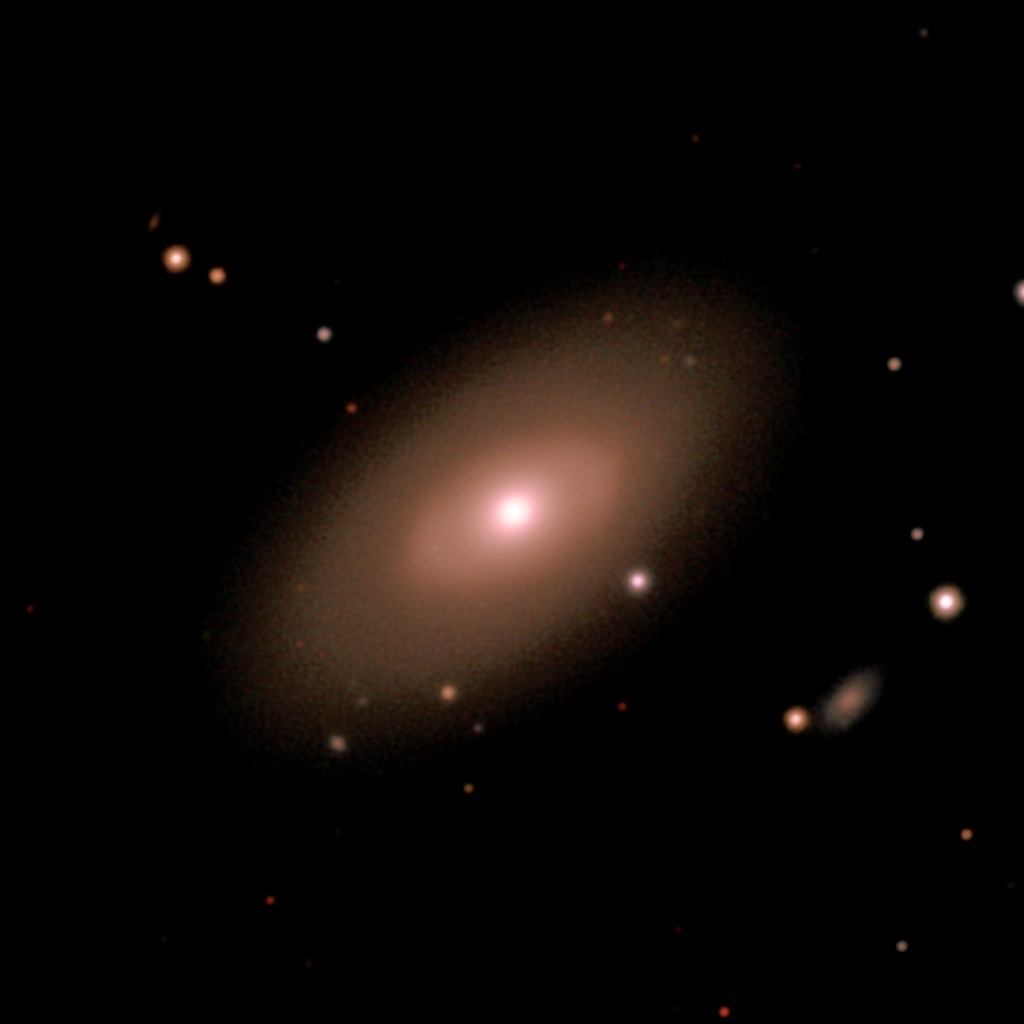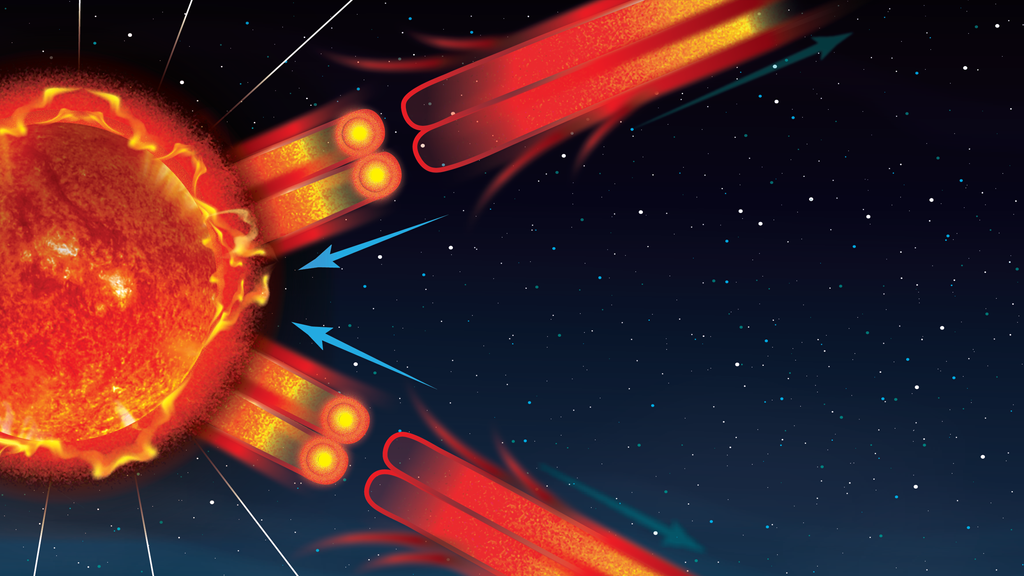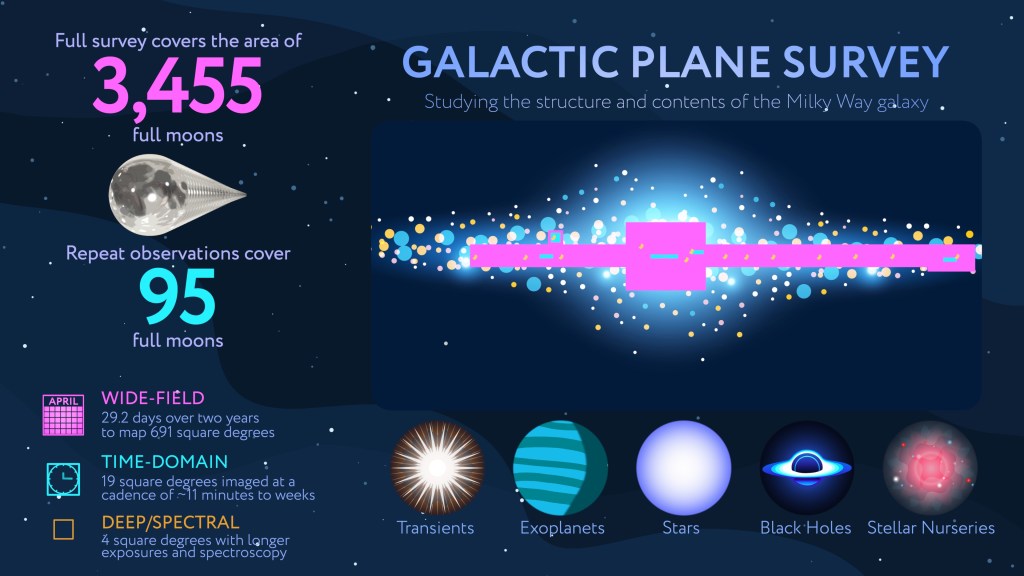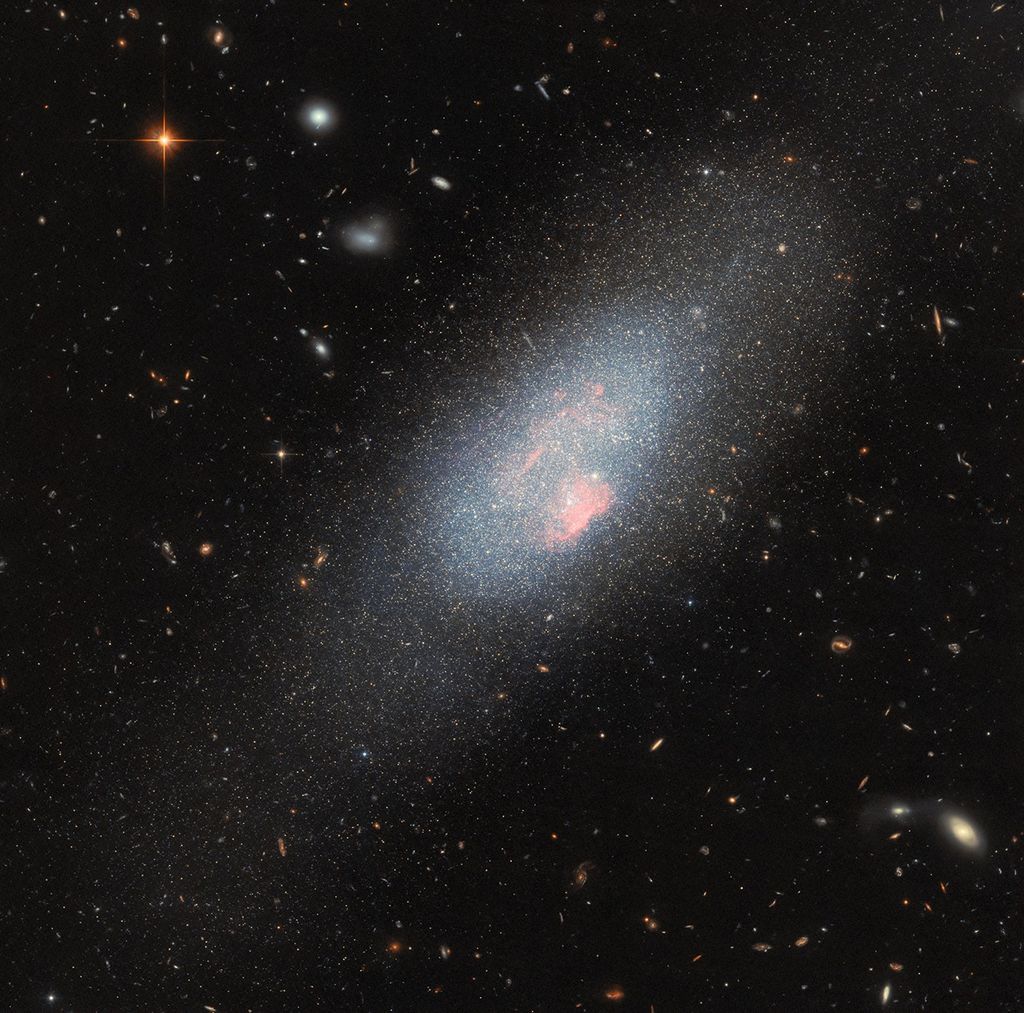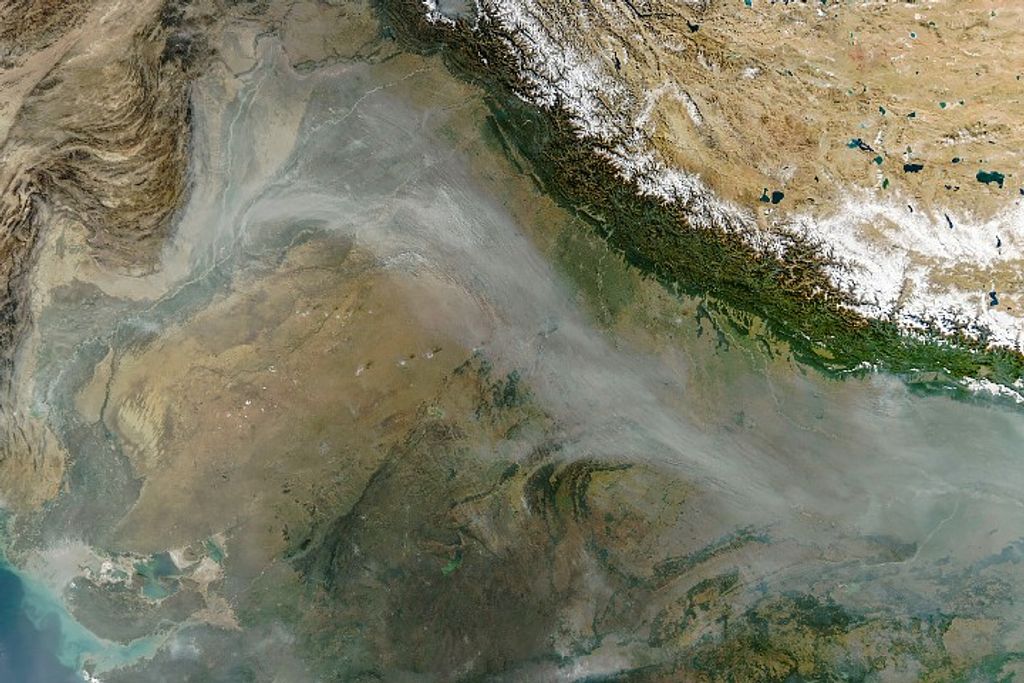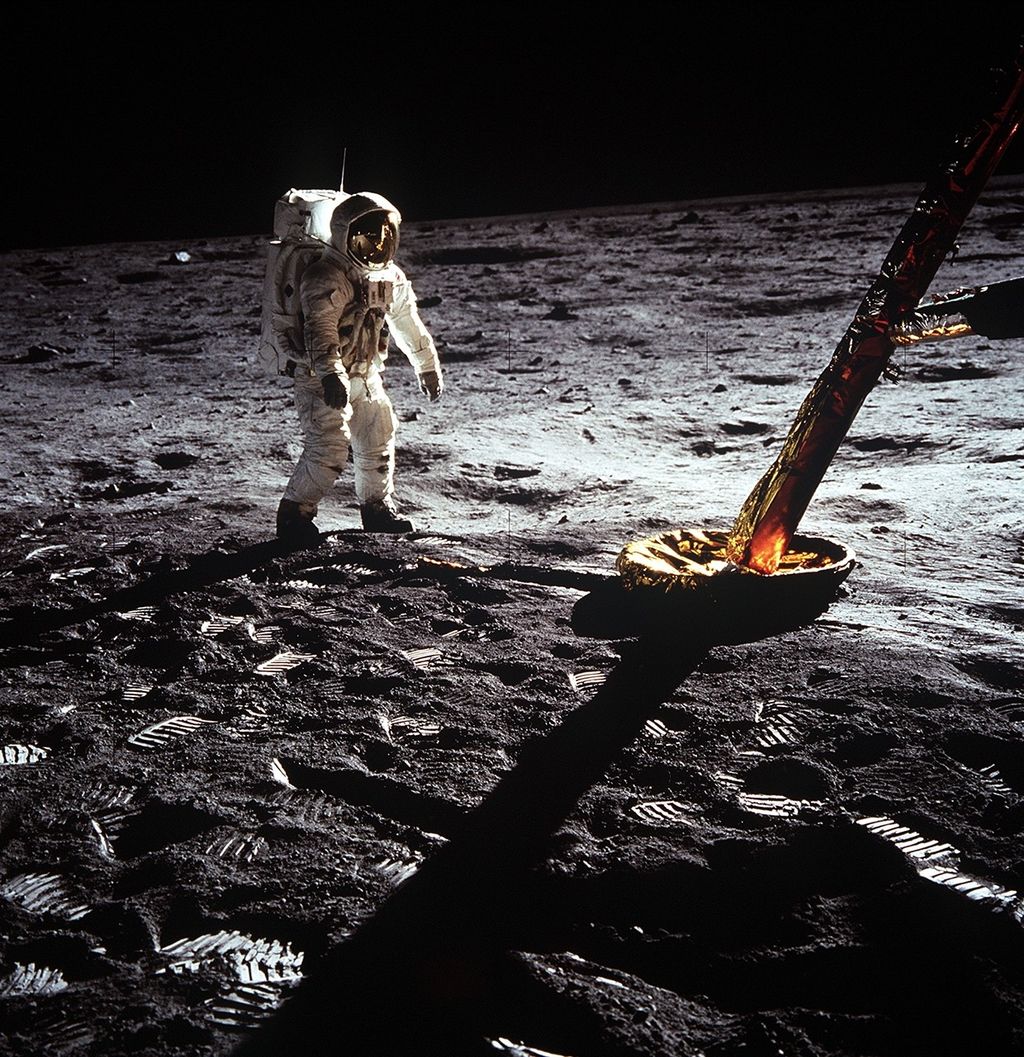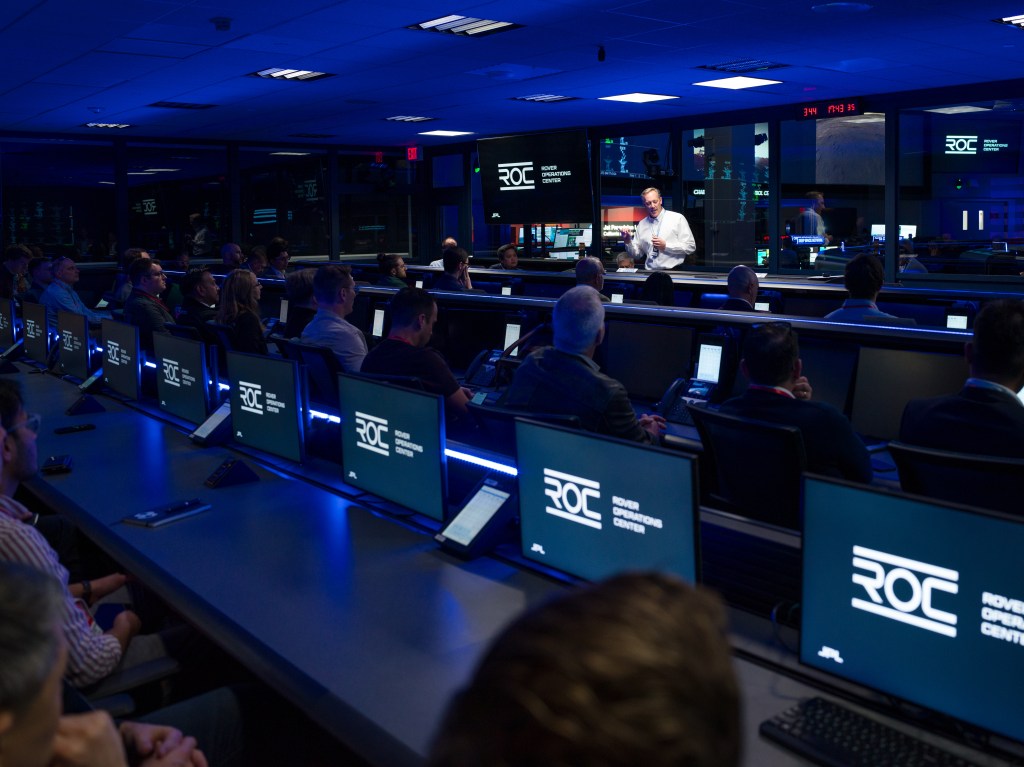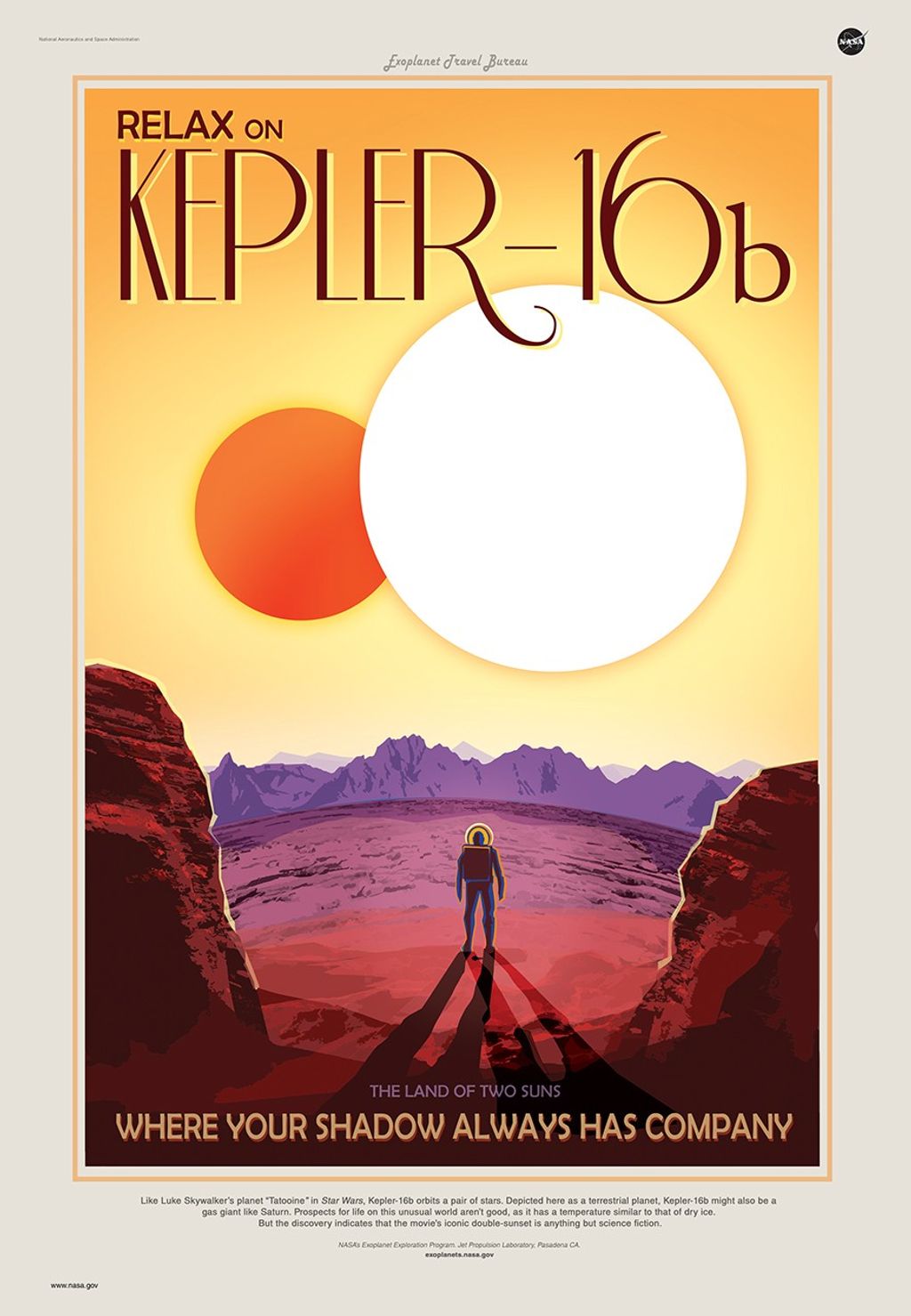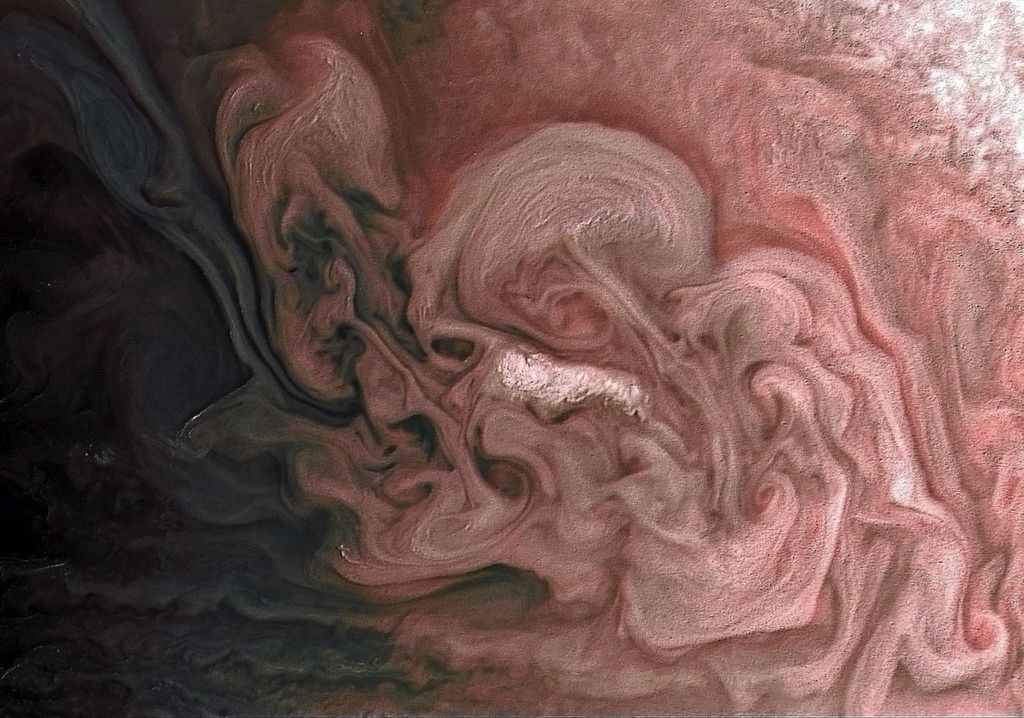1 min read
Clouds in Atmosphere of Exoplanet GJ 1214b (Artist’s View)

This is an illustration of the hypothetical appearance of the exoplanet GJ 1214b, which is known as a "super-Earth" type planet because it is slightly more than six Earth masses. Spectroscopic observations with NASA's Hubble Space Telescope provide evidence of high clouds blanketing the planet. These clouds hide any information about the composition and behavior of the world's lower atmosphere and surface. The composition of the clouds is unknown. GJ1214b is located 40 light-years from Earth, in the constellation Ophiuchus.
About the Object
- R.A. PositionR.A. PositionRight ascension – analogous to longitude – is one component of an object's position.17h 15m 18.93s
- Dec. PositionDec. PositionDeclination – analogous to latitude – is one component of an object's position.04° 57' 49.71"
- ConstellationConstellationOne of 88 recognized regions of the celestial sphere in which the object appears.Ophiuchus
- DistanceDistanceThe physical distance from Earth to the astronomical object. Distances within our solar system are usually measured in Astronomical Units (AU). Distances between stars are usually measured in light-years. Interstellar distances can also be measured in parsecs.40 light-years (12.3 parsecs)
About the Data
- Data DescriptionData DescriptionProposal: A description of the observations, their scientific justification, and the links to the data available in the science archive.
Science Team: The astronomers who planned the observations and analyzed the data. "PI" refers to the Principal Investigator.The Hubble data are from proposal 13021: J. Bean (University of Chicago), J.-M. Desert (California Institute of Technology), S. Seager (Massachusetts Institute of Technology), D. Deming (University of Maryland), B. Benneke (Massachusetts Institute of Technology), Z. Berta-Thompson (Harvard University), K. Stevenson (University of Chicago), and D. Homeier (Lyon Centre for Astrophysics Research). The science team includes: L. Kreidberg and J. Bean (University of Chicago), J.-M. Desert (California Institute of Technology), B. Benneke (Massachusetts Institute of Technology), D. Deming (University of Maryland), K. Stevenson (University of Chicago), S. Seager (Massachusetts Institute of Technology), Z. Berta-Thompson (Harvard University), A. Seifahrt (University of Chicago), and D. Homeier (Lyon Centre for Astrophysics Research). - InstrumentInstrumentThe science instrument used to produce the data.HST>WFC3
- Exposure DatesExposure DatesThe date(s) that the telescope made its observations and the total exposure time.September 27, 2012 - August 4, 2013
- FiltersFiltersThe camera filters that were used in the science observations.Grim: G141
- Object NameObject NameA name or catalog number that astronomers use to identify an astronomical object.GJ 1214b
- Object DescriptionObject DescriptionThe type of astronomical object.Extrasolar Planet
- Release DateDecember 31, 2013
- Science ReleaseHubble Sees Cloudy Super-Worlds with Chance for More Clouds
- Credit
Related Images & Videos

Planet Comparison Graphic (Illustration)
This illustration compares the sizes of exoplanets GJ 436b and GJ 1214b with Earth and Neptune. These so-called super-Earths have masses between gas giants, like Neptune, and smaller, rocky planets, like Earth. No such type of planet exists in our solar system. NASA Hubble Space...
Share
Details
Last Updated
Aug 17, 2025
Contact
Media
Claire Andreoli
NASA’s Goddard Space Flight Center
Greenbelt, Maryland
claire.andreoli@nasa.gov


